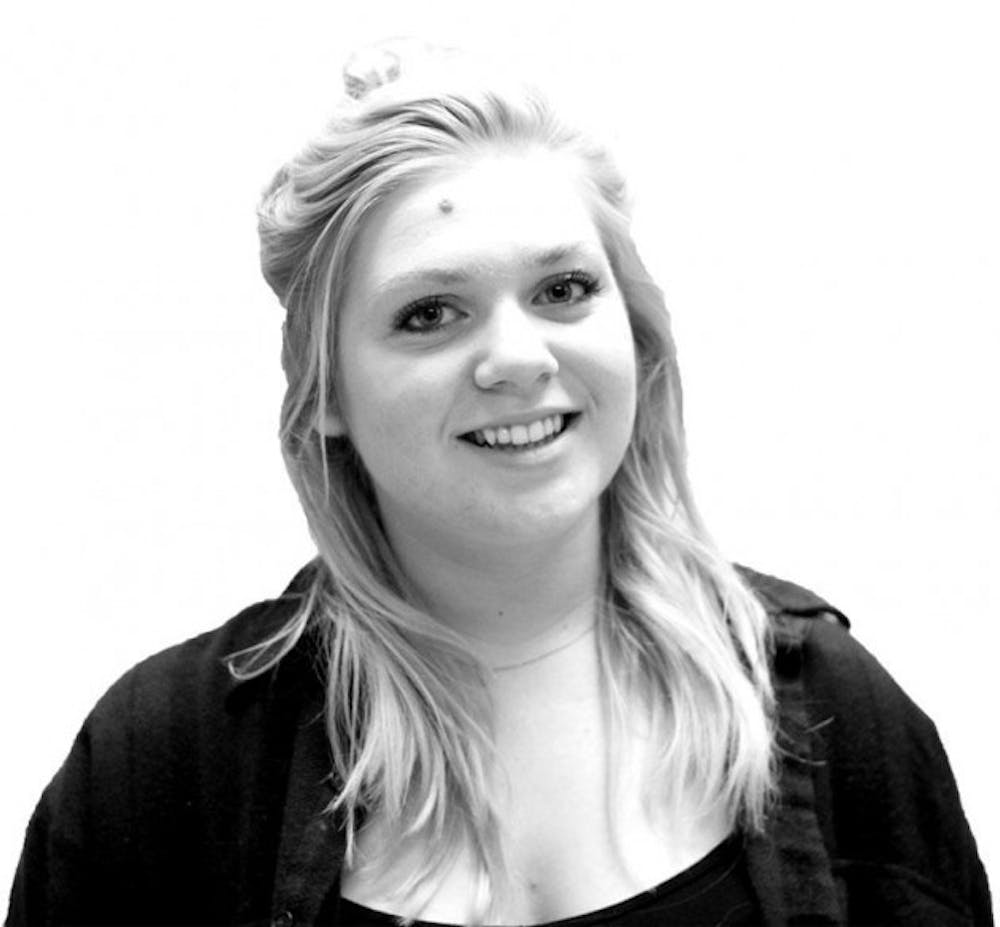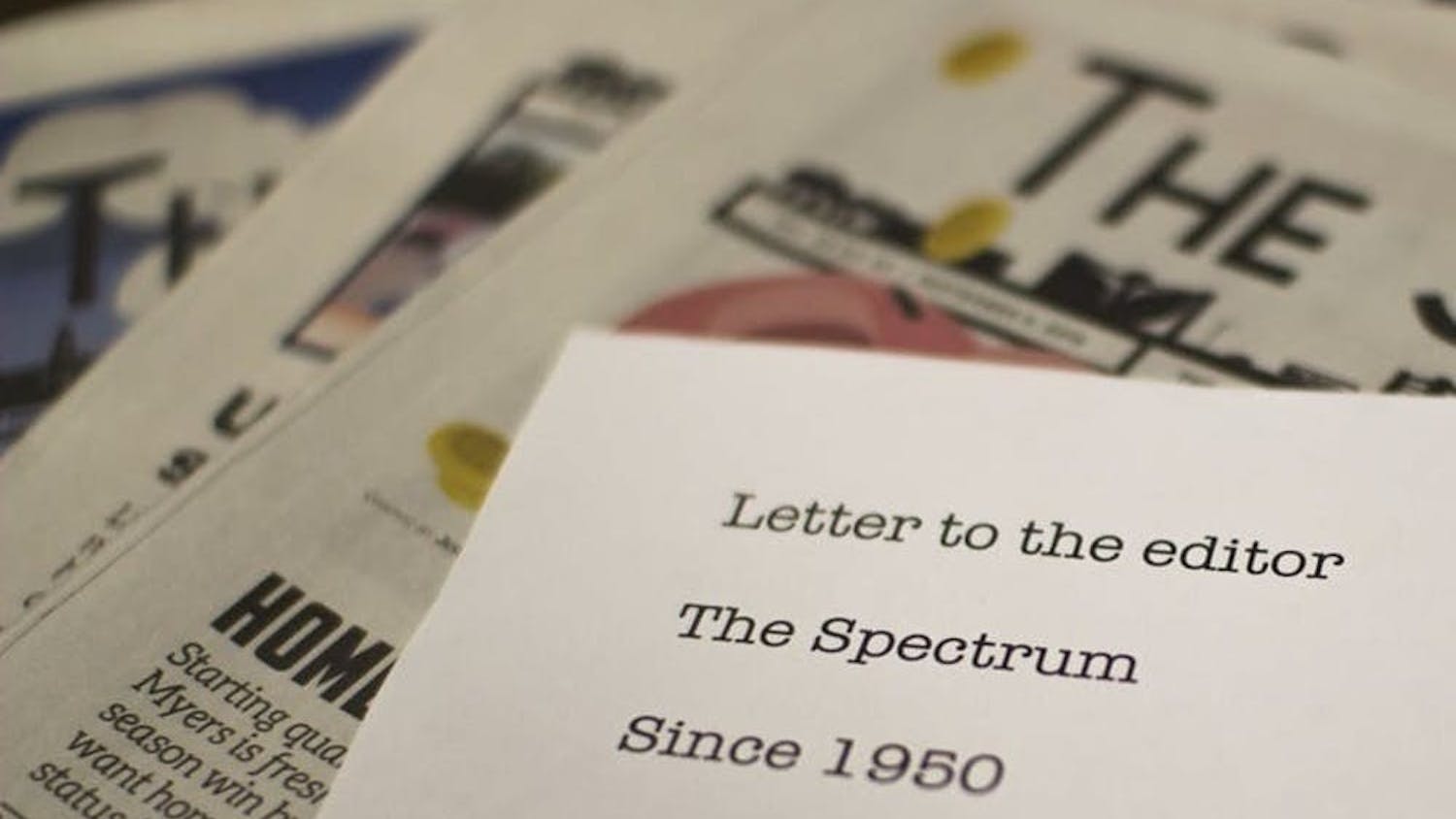Tilt your head a fraction of an inch to the side, find the right balance between a pout and a smile, lift your cheekbones and widen your eyes before pressing the button, adding a filter and clicking upload.
I just searched #selfie on Instagram and 91,357,684 posts popped up in return.
If we stop and think about it, that's pretty weird.
If social media didn't exist, people wouldn't walk around handing out photos of themselves to others. It would be just about the most egotistical thing a person could do.
But we do have social media, and the selfie phenomenon is showing no signs of fading away anytime soon - though it does seem to be evolving.
Last week, an onslaught of girls' selfies inundated my Facebook feed. But there was a noticeable difference - every girl was barefaced. What started as an act of awareness turned into a spontaneous fundraiser spurred by the hashtag #nomakeupselfie.
The trend has now organically flourished into a widespread effort to accumulate attention and money for a good cause, raising over $13 million in six days.
The concept is simple. You take a photo of yourself with no makeup - there's no Instagram filter, no Photoshop and no hiding. You then upload your selfie and donate $5 to Cancer Research UK.
The correlation between a barefaced selfie and cancer awareness is beyond hazy. In fact, there is little to none. Nonetheless, girls across the globe began snapping and donating. The trend began in England, but it wasn't long before the hashtag rapidly expanded across the globe.
Unfortunately, no good deed can go without critique and judgment. Critics argue that the trend's roots lie within vanity rather than a genuine desire to help the cause. Others took to shaming the makeup-free appearance of women in the selfies.
It was an inevitable backlash that produced a razor-sharp, double-edged sword.
Nevertheless, it seems as if the message was spread with great success without getting lost in the cynicism: over $13 million does a lot to quash criticism.
I will repeat myself - over $13 million. That's more than 2.6 million selfies.
Whether the motivation to post these photos originated in generosity and concern or sheer vanity and acceptance, the selfies made a point.
Each of these images displayed a similar trait. The stigmatized "duck face" had been replaced with smiles - smiles that represented a unity of girls comfortable in their own skin.
These selfies featured a rarely seen and sorely needed degree of candidness.
Girls weren't hiding behind a thick layer of foundation and fake eyelashes. They were celebrating the way they looked. And perhaps, for some, the novelty of the experience did take precedence over the charitable component - but with the constant scrutiny that surrounds body image and appearance, such a celebration of appearance in its most honest and sincere form is worthy of praise.
With or without prompting, the occasional selfie isn't something to look down upon. A line needs to be drawn between confidence and pretentiousness.
A selfie isn't necessarily an exclamation of, "Look how good I look today, please 'like' my photo so I look super popular." Maybe it's someone saying, "I felt good and confident and happy in myself today and I wanted to take a photo."
So let's stop judging people when their confidence is starting to rise a little. If you don't like the photo, then keep scrolling - chances are, you'll never see the image again.
So I'm unconventionally urging you to take more selfies, the more candid the better.
Pose (or don't), smile, snap.
email: megan.weal@ubspectrum.com





